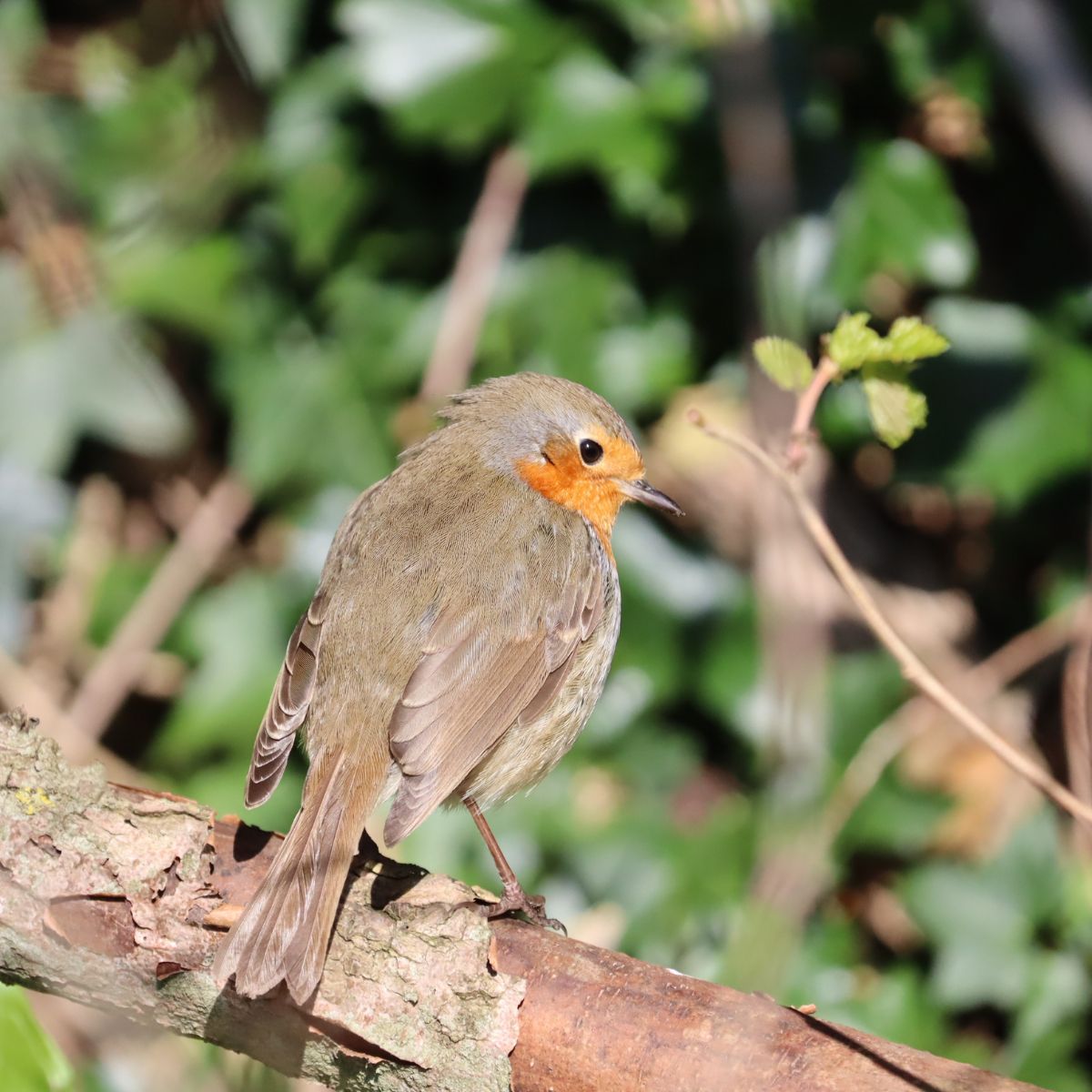When was the last time you paused between meetings, tasks… or between thoughts? In a world that celebrates the hustle, micro-breaks are a quiet rebellion—a reminder that even short pauses can make space for clarity, calm, and creativity.
Contrary to the myth of uninterrupted focus, our minds weren’t built to grind for hours without rest. Micro-breaks, short pauses between 2–10 minutes, offer a simple yet powerful way to reset your energy, attention, and emotional state—without leaving your day behind.
What Are Micro-Breaks?
Micro-breaks are brief periods of rest taken after focused effort, typically every 20–50 minutes. These breaks are short enough to fit seamlessly into your workflow, yet long enough to shift your nervous system out of overdrive.
They’re not about scrolling your phone. They’re about resetting your system.
You don’t need a holiday. You just need a moment.
Why Micro-Breaks Matter
Think of your brain like a battery. Every email, decision, or conversation drains it. Without a recharge, you run low—on focus, patience, even joy.
Over time, this strain accumulates, leading to:
- Mental fatigue
- Reduced creativity
- Stress and irritability
- Burnout symptoms
Micro-breaks help prevent this downward spiral by giving your system the time it needs to reset, even in the middle of a busy day.
The Science Behind the Pause
Research consistently shows that micro-breaks can:
- Boost cognitive performance (focus, decision-making, memory)
- Improve emotional well-being (lower stress, more energy)
- Increase productivity (especially during sustained work or learning)
For example, studies show that taking a 5-minute walking break can restore attention and increase problem-solving accuracy, while 10 minutes of rest between tasks can improve recall and reduce anxiety.
Breaks in Nature: A Powerful Combo
Now, add nature to your break—and the benefits multiply.
Natural elements (trees, birdsong, fresh air) are proven to reduce cortisol, regulate heart rate, and bring the nervous system into a state of rest-and-digest. Even just looking out a window at greenery can help.
Next time you need a micro-break, try this:
- Step outside and listen to birds for 2 minutes
- Touch a plant or place your hand on a tree
- Let your gaze rest on something green or moving
Nature doesn’t demand anything of you. It simply receives—and soothes.
How to Know You Need a Micro-Break
You might need a micro-break if:
- You’re rereading the same sentence
- Your shoulders are in your ears
- You feel tired but wired
- You’re mindlessly scrolling or snacking
These are signs of cognitive overload or nervous system strain. The solution isn’t to push through—it’s to pause.
How to Take a Micro-Break That Works
Here are a few ways to pause with purpose:
- Stretch your arms and roll your shoulders
- Do a 3-minute breath meditation
- Make a nourishing drink and sip it slowly
- Stand up and look out the window
- Take 10 slow steps, barefoot if possible
- Listen to a 2-minute nature sound from the Nature Sound Lab
Remember: rest isn’t the reward. It’s the resource.
The Link Between Micro-Breaks and Memory
Learning is not just about attention—it’s about retention.
Without breaks, we fall into a “memory dip” mid-session, where we understand the content but can’t recall it later. Short, spaced breaks:
- Prevent mental fatigue
- Flatten the dip in recall
- Help embed new information more deeply
Want to go further? Try this:
- Quick review after each session (what did I just learn?)
- Quick preview before the next session (what’s coming next?)
These moments of reflection create powerful neural connections.
Creating Your Micro-Break Ritual
The secret to making micro-breaks stick? Make them intentional.
Try placing a reminder where you work—a leaf, a stone, a gentle chime. Use timers or rhythm apps. Schedule breaks just like meetings. Most of all, make it personal.
Some rituals might include:
- A “forest breath” at the top of each hour
- 3 minutes of nature sounds with eyes closed
- Mindful tea or water moments between calls
Over time, these rituals don’t just improve performance—they change your relationship with rest.
Less Grind, More Growth
Taking breaks isn’t about doing less—it’s about doing better. Micro-breaks remind us that growth doesn’t always come from effort. Sometimes, it comes from letting go.
Go ahead—step outside, stretch, and take a deep breath. Your mind, body, and heart will thank you.
Sources:
Lyubykh, Z., Gulseren, D., Premji, Z., Wingate, T. G., Deng, C., Bélanger, L. J., & Nick, N. (in press). Role of work breaks in well-being and performance: A systematic review and future research agenda. Journal of Occupational Health Psychology
Albulescu P, Macsinga I, Rusu A, Sulea C, Bodnaru A, Tulbure BT. “Give me a break!” A systematic review and meta-analysis on the efficacy of micro-breaks for increasing well-being and performance. PLoS One. 2022 Aug 31;17(8):e0272460. doi: 10.1371/journal.pone.0272460. PMID: 36044424; PMCID: PMC9432722.
Buzan, Tony (2010). The Memory Book. Great Britain: BBC Active



